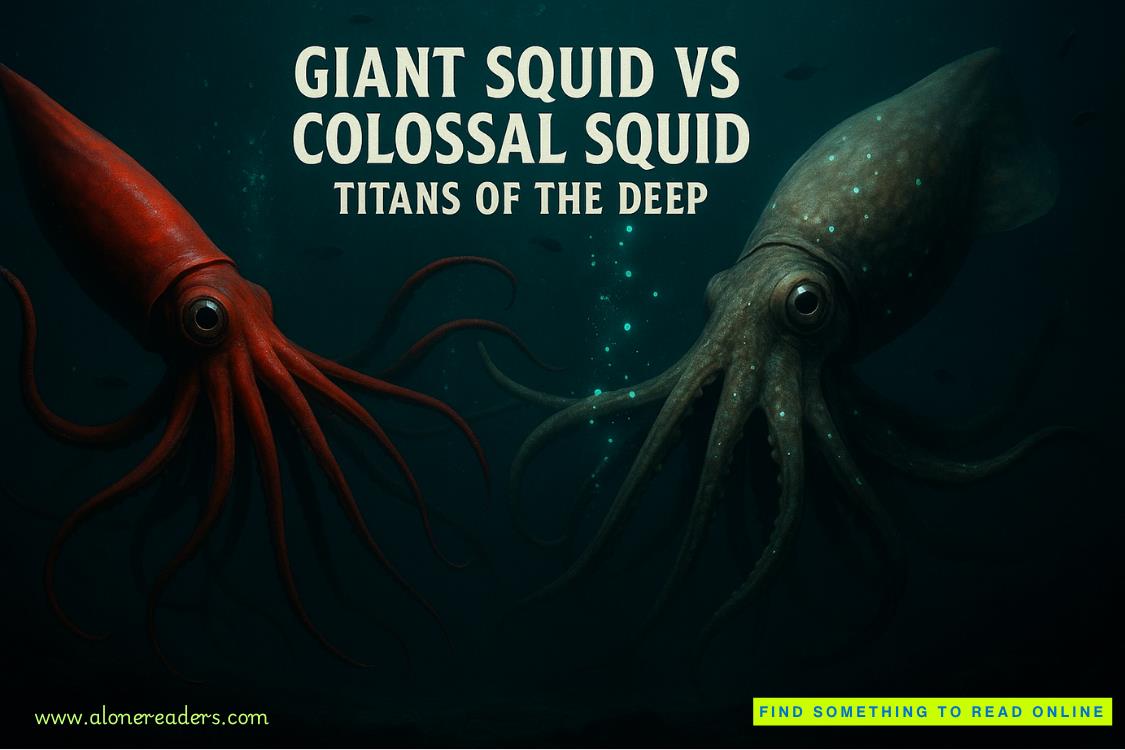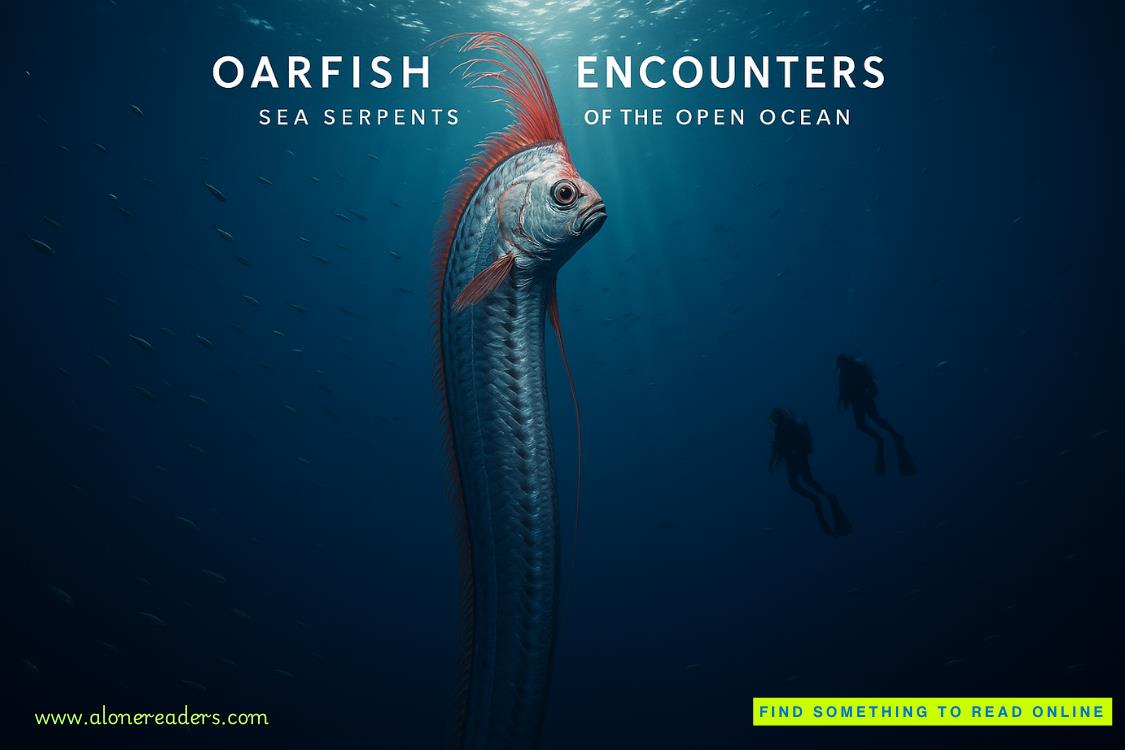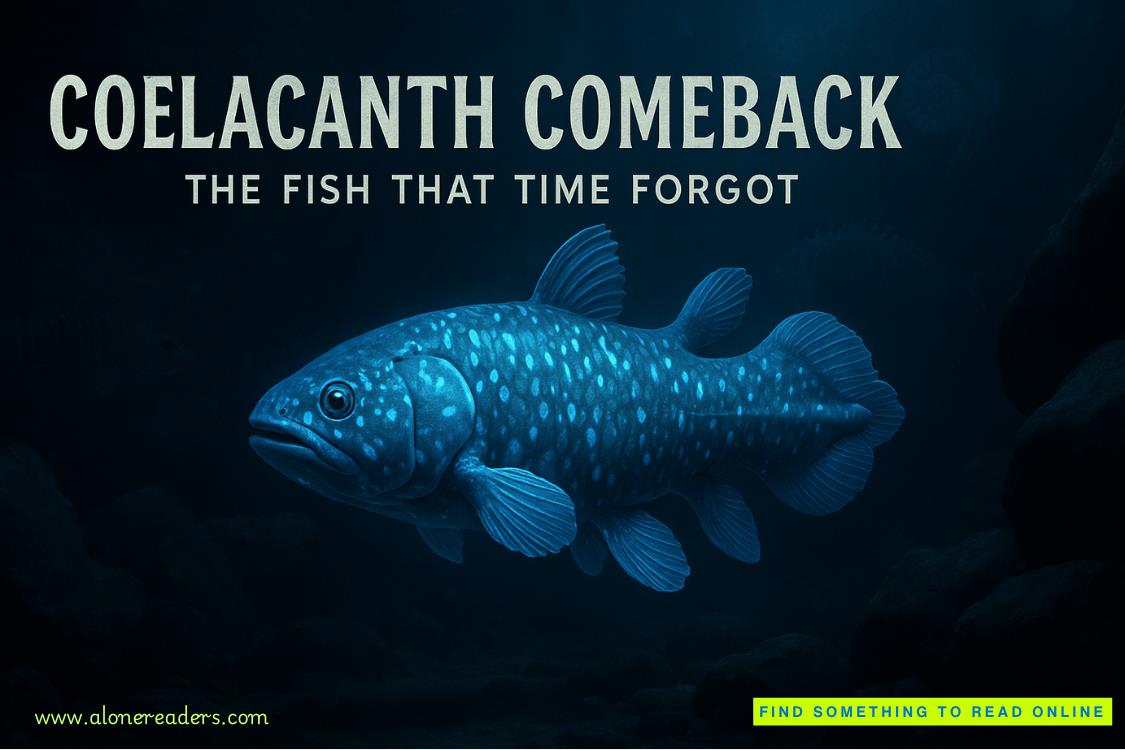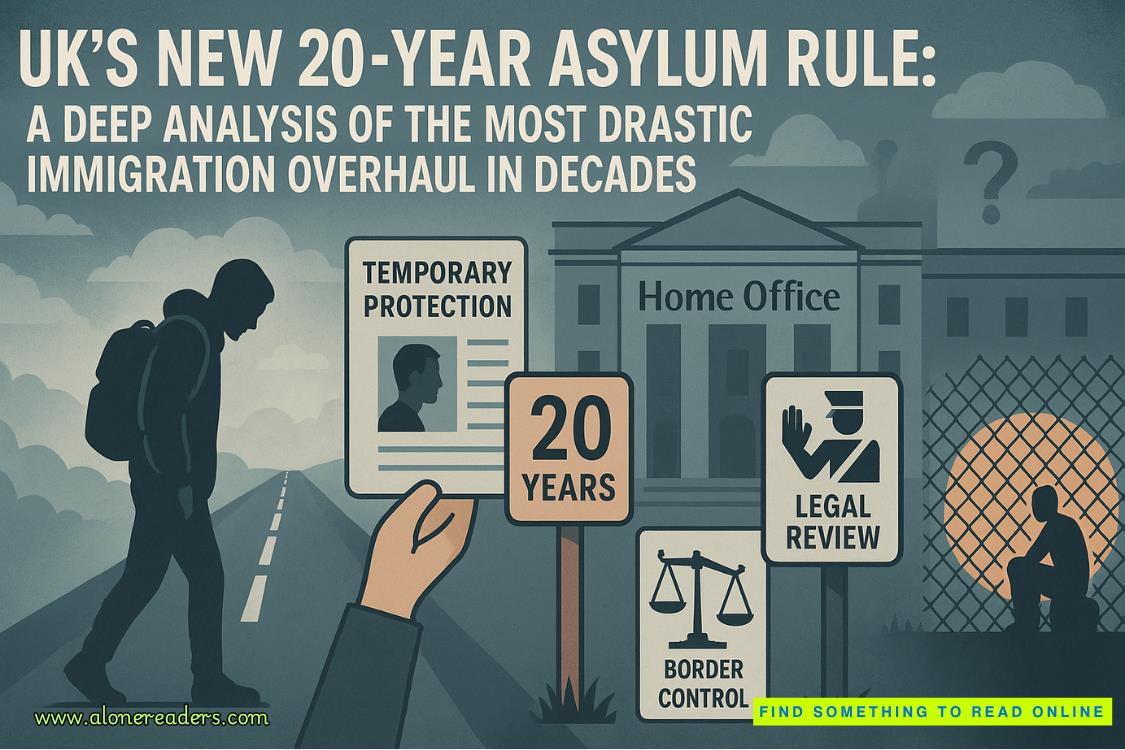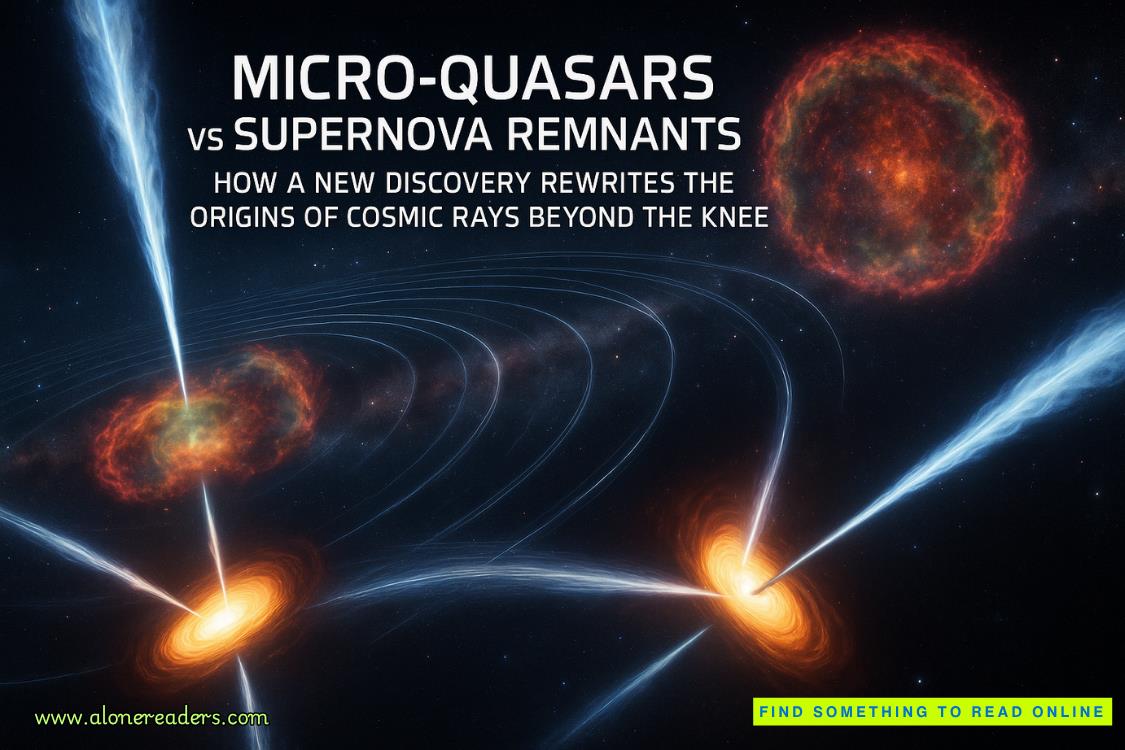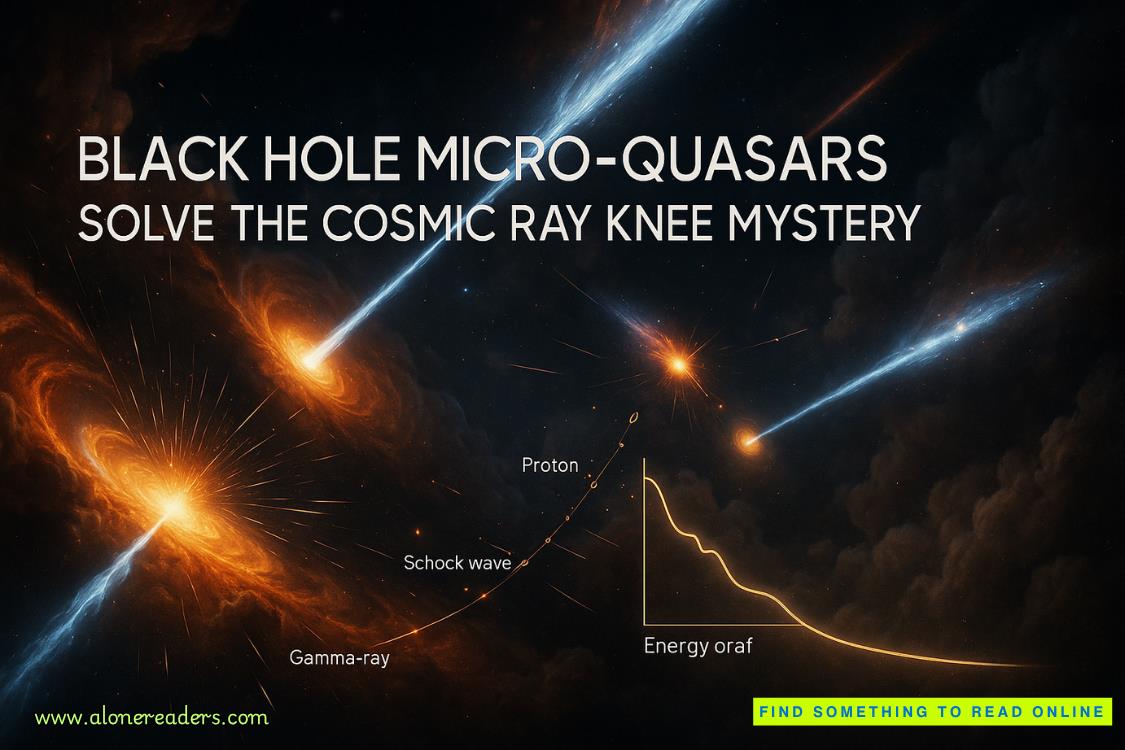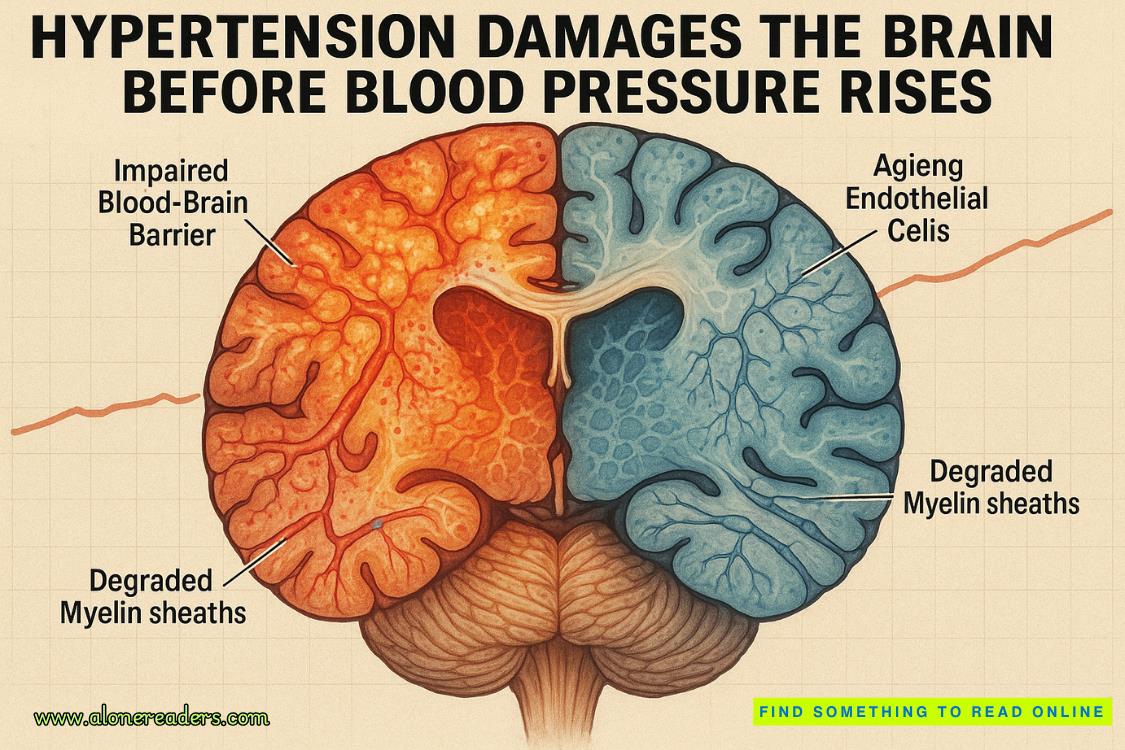Page 48 of Clive Cussler Desolation Code
Dr. Pascal heard the words and felt a slight wave of confusion as she processed them. The captain seemed suspicious, but didn’t get the implication.
Dr. Pascal took a pair of scissors and cut through the patient’s shirt from bottom to top. The skin and musculature of his stomach appeared smooth and uninterrupted where his navel should have been. There was no sign of surgery or scarring. No sign of deformity. What she did find was a series of scarred-over indentations along both sides of his body. Evenly spaced and long healed. She didn’t have the slightest clue what they were, but they reminded her of injection sites.
“I asked him how old he was,” Kurt continued. “He didn’t know what that meant. We asked him how many brothers he had. He didn’t know, but he did say that in his ‘batch’ there were ten.”
“What’s with the tattoo on his neck?” the captain asked.
“He says that’s his designation. If you look closely, you’ll see that the bottom number ends in five.”
She studied the number, the first part looking oddly familiar to her. It read: 6.28318, but she couldn’t place it right away. The second partof the number under a horizontal dash contained the indications Kurt was talking about: 16.21.5. “You think this is his name?”
“Hethinks it’s his name,” Kurt said. “I think it’s his number. I think it lists him as subject number five, from batch twenty-one, version sixteen, or something like that. I think he only took it as his name because it’s the only thing that distinguishes him from any of his identical brothers.”
As she listened to Kurt’s words, Dr. Pascal began to understand the terrible conclusion he had come to. Across from her the captain’s face turned grim and cold. She seemed to understand now as well. Still, it was hard to accept. “Are you trying to say this man is the product of an experiment?”
Kurt made it clear. “I’m saying he was grown in a laboratory, not born from a woman. I’m saying he’s a clone.”
Chapter 27
A quiet stillness filled the exam room after Kurt’s statement. No one wanted to speak, as if the slightest utterance would disturb some fragile peace between the reality everyone was used to—where humans were born naturally—and the new reality Kurt had suggested.
Kurt remained quiet because he’d said what he needed to say. He wasn’t a doctor, but he wasn’t oblivious to science, either. He knew the world was moving in this direction. But it was up to the medical experts to decide if someone had made the leap or if there was another explanation.
Joe remained quiet for a different reason. As they’d moved around India, avoiding the authorities and offering Five a crash course in reality, Joe had begun to think of him like a little brother. He made jokes and then patiently explained them until Five cracked a smile. When they stopped for gas or food, he made sure to pick up sugared treats, carbonated sodas, and all the other things he was certain Five had never tasted before. He knew Five and his brothers had been abused and mistreated, but it bothered him to focus on the scientific repercussions of his existence, as if he were an experiment gone wrong.
Dr. Pascal was far more clinical in her approach. She bit at theinner part of her lip as she considered the science that would be required for such a leap. The captain considered the effect this knowledge would have on the crew and was glad they were meeting in private. It was she who urged the discussion forward. “Dr. Pascal, is this possible?”
The doctor took a deep breath. “It’s complicated. I want to say yes, and no, and maybe. I’ll start with the yes. Cloning has been progressing for years. Everyone knows about Dolly the sheep, and the hundreds of other animals that have been cloned over the years. Most of us have heard of the Chinese doctors who were arrested and imprisoned for cloning humans. But all these clones were created in a fairly traditional way: DNA was inserted into an existing egg, essentially fertilizing it. That egg was implanted in a female of childbearing age, similar to how IVF works for couples trying to conceive. And after a normal pregnancy, the offspring was born. We call them clones because they have the exact same genetic code as the DNA donor. But aside from the age difference, it’s much more like having a twin.”
She took a breath and turned to Kurt. “What Kurt is suggesting is entirely different. For Five and his brothers to be grown in a lab somewhere and take their first breaths in the physical form of a teenager is a reality-altering concept. It’s the stuff of science fiction. It would suggest someone could grow millions of soldiers and send them into battle without waiting the decades it would normally take for them to grow up. To that I want to say no, but when I consider the huge leaps we’ve seen in growing organs and skin and functioning networks of brain cells in the lab, I have to modify that response to a maybe.”
“So these things are already being done?” the captain asked.
“Universities all over the world have been growing what they call ‘mini-brains’ in petri dishes for years,” Dr. Pascal said. “They’re basically networks of brain cells, neurons, dendrites, and glial cells that connect to each other and start to exchange information. But let mebe clear: they’re not complex enough to be considered conscious. Though every year the technology advances, we get closer to a line where we’ll have to wonder. As for other organs, the progress has been rapid. We can now grow functioning, adult-sized versions of many human organs. Lungs, hearts, kidneys, livers, eyes, and others. The growth process involves a complex use of DNA and bioavailable materials. They grow layer by layer on a structural framework to make sure they develop like a natural organ. It’s very similar to 3D printing, except instead of using plastic you’re depositing layers of cells.”
The captain appeared dismayed. “Is there anything to prevent someone from taking the next step and growing a fully functioning human?”
“Only financial and ethical barriers,” Dr. Pascal said. “If the first barrier is overcome with funding and the ethical roadblock disregarded, then the learning curve flattens appreciably. With no constraints put on them, a research team would be able to perform an unlimited number of experiments, of any nature they desired.”
“How many experiments are we talking about?” Kurt asked.
“The process would be incremental.” Dr. Pascal now sounded pained as she thought about what it would take and what that might have meant to Five and others like him. “You’d see research combined with testing and ultimately trial runs, most of which would result in failure and death, at least early on. Under any circumstances, the more trials conducted, the more rapid the progress. But it’s not something you could do in the regular world. There are too many people who would ask too many questions.”
“But if you were well funded and hidden away on an island somewhere, out of the public eye…” Kurt said.
“All you’d need is time,” she said. “And a complete lack of morality.” As she finished her statement, Dr. Pascal looked over at Five. The more she thought about it, the less she doubted Kurt’s conclusion. Itwas like Frankenstein’s monster coming to life. And yet, like that monster, Five was the victim of things far beyond his control.
She moved to the bed and began to study him. The indentations on his sides were so symmetrical that they looked almost like injection molding gates found on the sides of plastic toys formed in a factory. The tattoo was deep and dark; it seemed to have a bit of luminosity to it, probably to make it easier for cameras to spot it in the dark. Lines in Five’s thick black hair that looked like parts turned out to be scars. She found four. They appeared to be in various stages of healing.
“Do you know anything about this?”
Kurt answered coldly. “He said they’re taken to see the surgeon from time to time. What happens there he can’t remember. But they come back with shaved heads and new scars.”
Dr. Pascal examined the incisions. “Based on the pattern of cuts and the healing of the scars, I would say he’s had four separate surgeries. Each about a month apart.”
“He claims others have more,” Kurt said. “Old heads, they call them, covered in scars. They go back to the surgeon repeatedly. Sometimes for no reason. Sometimes for punishment. Eventually they go to the surgeon and don’t return.”
The captain exhaled, her mood souring on this latest news. She’d seen plenty of suffering around the world, but this was something new. “Can you guess what the purpose of these surgeries might be?”
